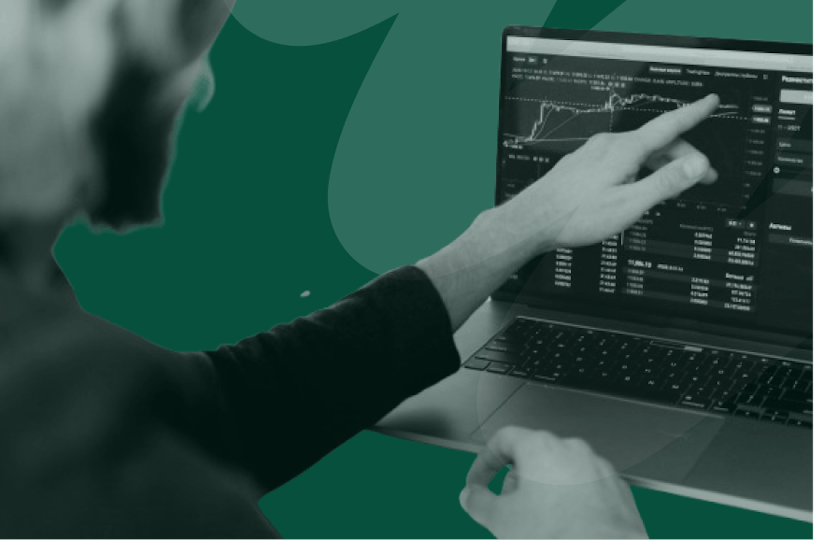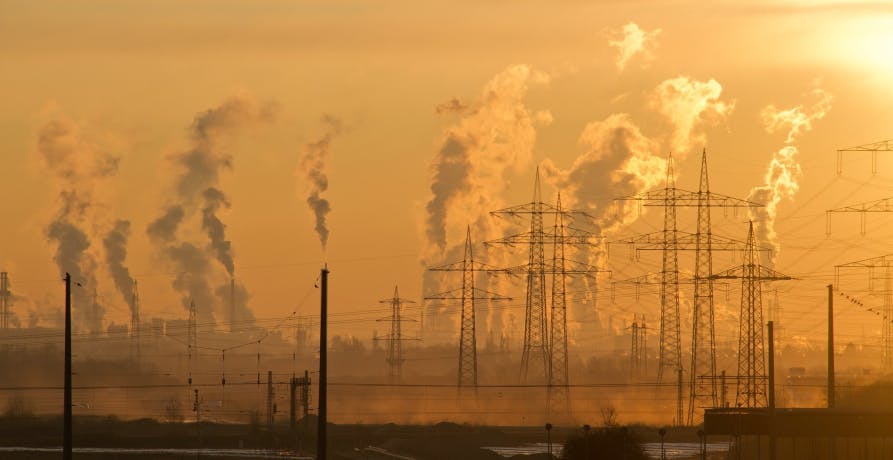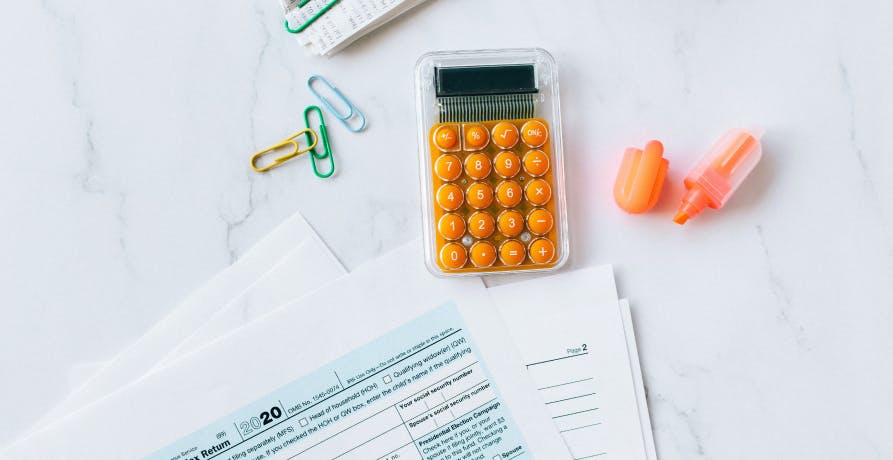
Impacts, Risks, and Opportunities (IRO) for CSRD Reporting
In this article, we’ll break down what IROs are, how to identify and assess them, and what CSRD requires in terms of disclosure.
ESG / CSR
Industries



Climate change is the challenge of the century and governments, individuals and businesses are being asked to step up to play their part. Lowering energy consumption is something that all of us can do in an effort to reduce the amount of carbon emissions in the atmosphere. In the UK, the Government is not only just asking businesses to take efforts to reduce their energy consumption, they’re also actively deterring energy use via a tax called the Climate Change Levy.
👉In this article we’ll explore what the Climate Change Levy is, who it applies to, and how businesses can reduce their energy consumption to reduce their tax.
The Climate Change Levy (CCL) is an environmental tax that is charged on the energy that a business uses. It’s intended to encourage businesses to operate in a more energy efficient manner, and to reduce their overall greenhouse emissions.
Basically, the Climate Change Levy deters companies from consuming energy that results in carbon emissions. The more energy efficient your business is, the less tax you will have to pay and so the Climate Change Levy works to actively encourage businesses to take steps to reduce their energy use.
The Climate Change Levy applies to businesses operating in the:
However, it should be noted that there are also some exceptions. For example, businesses are exempt from the Climate Change Levy where they meet the following criteria:
❗️Even where a business is not exempt it may still qualify for a reduced rate where it makes changes to business operations to improve energy efficiency - more on this later 😊

The CCL is charged on ‘taxable commodities’ such as heating, lighting and power. The amount of Climate Change Levy that a business has to pay will depend on the amount of energy consumed. Gas and electricity are charged per kilowatt hour (kWh) and other commodities such as coal are charged per kilogram (kg). The specific rates for the different types of fuel can be found on the UK Government’s website.
❗️On-road fuel for vehicles and other oils are already subject to excise duty and are therefore not subject to the Climate Change Levy.
❗️❗️ VAT is also charged on top of the Climate Change Levy (essentially a tax on top of a tax) and so businesses will usually pay 20% VAT on top of the listed Climate Change Levy rates found on the UK Government’s website.
There are two different rates of tax under the Climate Change Levy system - the main rate and the carbon price support rate. Let’s take a look at the two different rates in a bit more detail below:
Any business operating in the public sector, industrial, commercial and agriculture sectors are charged the Climate Change Levy at the main rate for electricity, gas, and solid fuel use (for example coal, lignite, coke, and petroleum coke).
There are some exemptions to the main rate, for example charities who are engaged in non-commercial activities (ie. they don’t sell products or services to raise money for their operations but instead rely on gifts and donations), and companies that consume energy below certain thresholds:
Where the business customer consumes energy below these thresholds their exclusion from the Climate Change Levy is applied automatically at the time of billing. In addition, they will also benefit from a reduced rate of VAT.

Businesses that own electricity generating stations, or those that operate combined heat and power stations (CHPs) are required to pay the Carbon Price Support rate. The carbon price support rate (CPS) is charged on gas, liquefied petroleum gas, coal and other solid fossil fuels.
❗️Businesses that generate electricity covering some or all of their energy consumption (for example using solar panels or wind turbines) and make money by selling excess power back to the energy supply grid, are normally classified as smaller generators and will likely be exempt from the charge.
Energy suppliers are responsible for charging the correct amount of Climate Change Levy to business energy consumers, since they supply taxable commodities. Once they have collected the charge, they then pass it along to HM Revenue & Customs (the UK’s tax, payment and customs authority).
Business customers can see the Climate Change Levy rate that has been charged on their monthly energy bill, where it is listed as a separate item.
❗️Note that it is the responsibility of the business to register for the Climate Change Levy and that failure to do so may result in a penalty of £250 per instance.

It is possible for a business to reduce the Climate Change Levy tax rate. Energy-intensive businesses can enter into what’s known as a climate change agreement (CCA) with the UK’S Environment Agency. It’s a voluntary agreement whereby the business commits to reducing energy use and carbon emissions. They will be obligated to measure and report on their energy use and CO2 emissions against targets covering 4 x two year periods.
Provided the business continually meets its reductions targets, it will receive the following reductions in the Climate Change Levy:
Whether a business is entering into a Climate Change Agreement or enacting its own voluntary measures to cut down on energy use, the business will not only be able to cut down on energy costs by reducing the amount consumed, but will also reduce the corresponding amount of Climate Change Levy that is charged. Let’s take a look at some of the most effective (and simple) steps that a company can take to reduce their energy usage.
Equipment such as printers, laptops, photocopiers are responsible for energy consumption even when not directly in use - ie. they consume energy even when in sleep mode. Businesses can make significant energy savings by ensuring that all equipment is turned off overnight.
Electricity saving power strips make it even easier by turning off electronics when not in use so that you don’t even have to remember to unplug them directly.
As much as 40% of the energy consumption of a business goes towards lighting their premises! Therefore, the installation of energy efficient LED, CFL or halogen light bulbs is one of the most simple and significant energy saving steps that a business can take to reduce electricity consumption. These types of light bulbs consume significantly less energy than traditional ones and also tend to last longer.
Why not take it one step further by also installing light sensors. This means that you never have to remember to switch off the lights - when the sensors are unable to detect movement they will automatically turn the lights off.

Even a one degree difference can have a significant impact over time (it can reduce overall energy consumption of your office by as much as 10% per year), and employees are unlikely to notice that the heating is one degree lower, or that the air conditioning turns on at one degree higher.
It’s also possible to install a programmable thermostat that is able to automatically adjust the temperature of your workplace, and switches the heating or AC off when out-with working hours, so that you don’t even have to think about it!
Another easy way to improve the efficiency of your office heating or cooling system is to give radiators and AC units a clean to ensure that they’re functioning at their optimum. Also be sure to check that there’s no bulky furniture blocking them, as this can prevent the heat or cool air from circulating properly around the room.

Insulation isn’t just useful for keeping your buildings warmer in the winter, it can also help to keep the building cooler in the summer too - in fact correctly installed ceiling installation can keep the building cooler by as much as ten degrees in warmer months!
Other ways to reduce energy usage inside the building include using reflective heat paint on the roof to reflect the sunlight, fitting reflective film on the windows, installing internal blinds or external shutters to keep the heat out, fixing draft excluders and replacing doors with sealed doors to help trap the heat in the winter and keep the office cool in the summer.
If you’re really serious as a business about cutting down on energy usage you’re going to have to involve your employees. A lot of effective energy saving measures will require the commitment of everyone in the organisation - for example, switching off equipment and lighting, ensuring that doors are shut properly to stop hot or cool air from escaping etc.
It might be useful to send email reminders to staff, or to put up posters or signage around the building. Other simple ways to involve and educate staff include doing office walkthroughs where you assess energy efficiency and look for ways to cut down further on energy usage.

At Greenly we can help you to assess your company’s carbon footprint, and then give you the tools you need to cut down on emissions. Why not request a free demo with one of our experts - no obligation or commitment required.
If reading this article has inspired you to consider your company’s own carbon footprint, Greenly can help. Learn more about Greenly’s carbon management platform here.